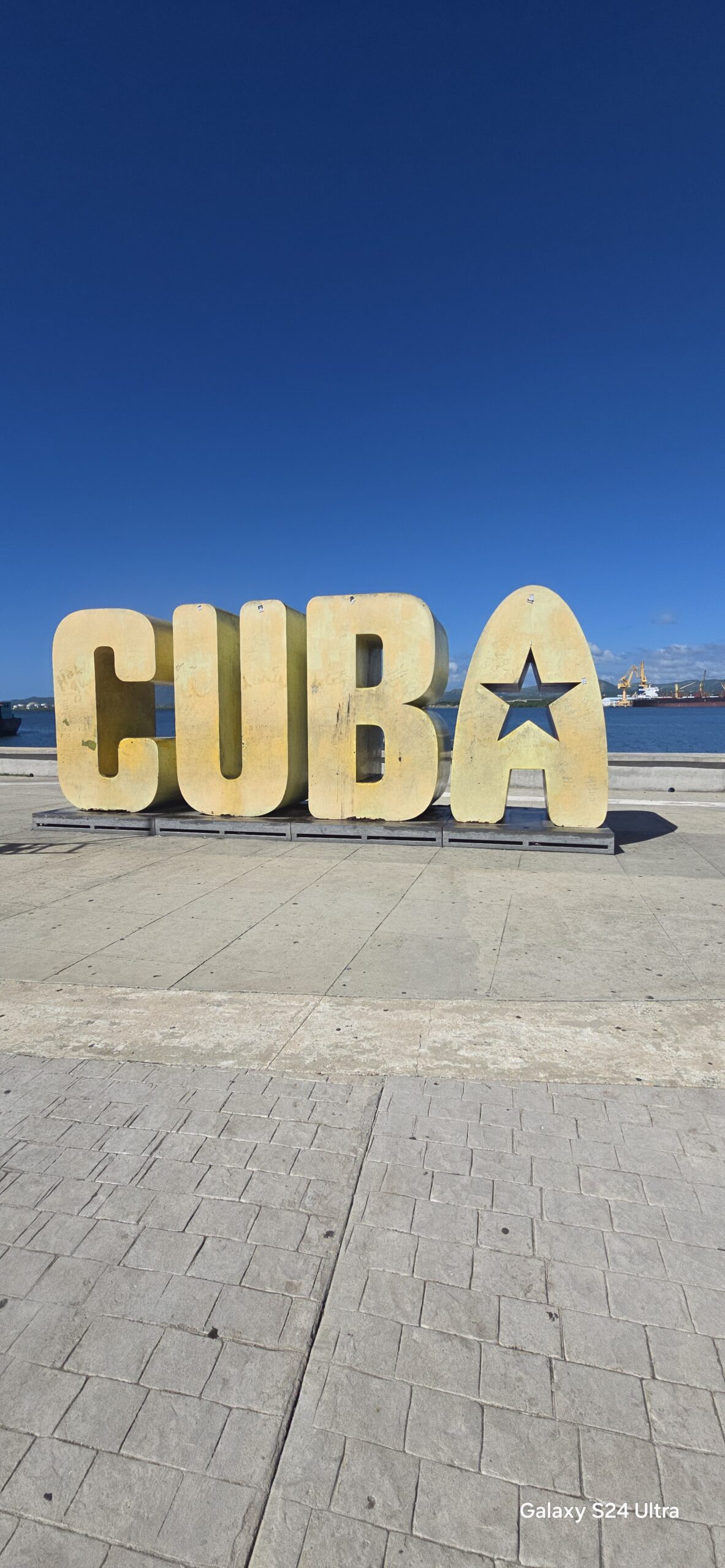







A Tale of Two Stays – My Second Visit to Santiago de Cuba
After a memorable first trip to Santiago de Cuba, I returned in November 2024, eager to explore more of the city’s vibrant culture and history. This time, I opted for an Airbnb in the Punta Gorda neighborhood, drawn by its scenic views of the Bahía de Santiago de Cuba. Unfortunately, my experience was far from pleasant.
One of the biggest challenges during my stay was the persistent power outages. For days, there was no electricity, making it difficult to enjoy even the simplest comforts. Without air conditioning or fans, the heat became unbearable, exacerbating another major issue—mosquitoes.
Punta Gorda, with its lush vegetation and close proximity to the bay, seems to be a haven for these relentless pests. The lack of electricity meant there was no way to keep them at bay with fans or electronic repellents. Even with mosquito nets and sprays, the infestation was overwhelming, making sleep nearly impossible. And the problem wasn’t just indoors—whenever we stepped outside, the mosquitoes continued their torment, making it difficult to enjoy walks or outdoor activities in the area.
Ultimately, the conditions forced us to relocate to another Airbnb closer to the city center. This turned out to be the best decision—we found a place with more reliable electricity and, thankfully, no mosquito troubles. The improved conditions allowed us to fully enjoy the rest of our stay, experiencing Santiago de Cuba’s rich history, music, and cuisine without the discomforts of Punta Gorda.
With the new accommodation in place, I was able to visit some fascinating sites. The Rum Museum was a highlight, offering a deep dive into the history and craftsmanship of Cuba’s world-famous rum. The exhibits showcased traditional distillation techniques, and of course, the visit ended with a tasting session that was both informative and enjoyable.
I also stopped by the National Transport Museum, a must-visit for history and engineering enthusiasts. The museum houses a collection of vintage cars, locomotives, and other transport relics that paint a picture of Cuba’s transportation evolution over the decades. Seeing the well-preserved classic American cars alongside Soviet-era vehicles was a unique experience that captured Cuba’s rich and complex past.
One of the more unexpected yet enjoyable excursions was to Valle de la Prehistoria, a quirky yet impressive outdoor park filled with massive dinosaur sculptures set against the lush Cuban landscape. It felt like stepping into a prehistoric world, and while it may not be a top tourist attraction, it was a fun and unique way to spend an afternoon outside the city.
However, my troubles didn’t end there. Shortly after returning from my trip, I fell ill with fever and malaria-like symptoms, which I suspected were due to the numerous mosquito bites I had received in Santiago de Cuba. Having grown up in Nigeria, I was familiar with malaria and immediately took a full dose of malaria medication, as that was the standard treatment back home. To my surprise, I was ultimately diagnosed with dengue fever instead. The doctors reassured me that dengue primarily requires rest and plenty of fluids, but I was still grateful to have had access to malaria medication in case it had been malaria after all. It took about two weeks to fully recover, but I’m doing much better now.
Would I return to Santiago de Cuba? Absolutely—but I would strongly advise anyone visiting to avoid staying in Punta Gorda if possible. While the views are beautiful, the combination of unreliable electricity and relentless mosquitoes can make for a frustrating experience. Choosing accommodations closer to the city center will likely lead to a much more comfortable and enjoyable stay. And most importantly, take precautions against mosquito bites—wear repellent, use nets, and be prepared just in case.
